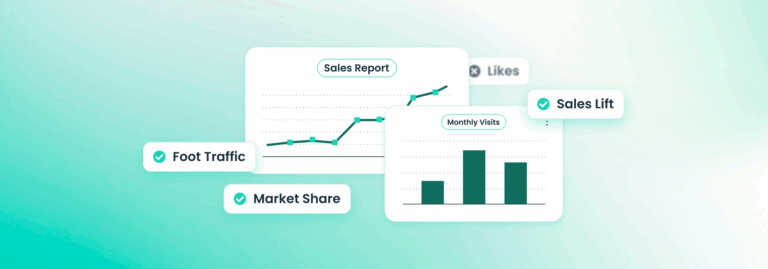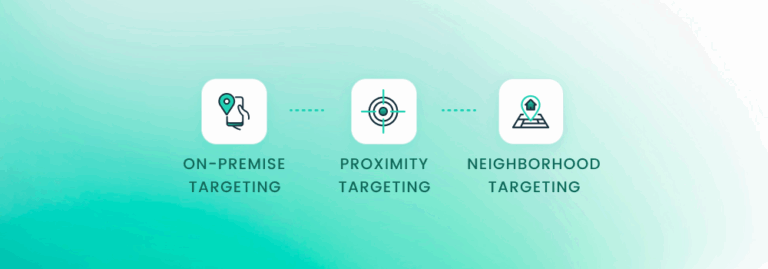The typical conversation about Return On Ad Spend (ROAS) revolves around getting the biggest number. Companies want more revenue for the investment they make into advertising. It makes sense. But bigger is not always better when it comes to ROAS—it can actually be a sign that there’s more room to grow early in a campaign—especially if the goal is to drive the real business results necessary to scale your business.
What ROAS should ultimately reveal is the balance between profitable ad spend and consistent audience growth. If you don’t know how to find that balance, your company won’t be able to scale, particularly in a competitive marketplace. So, how do you get there? Let’s talk about it.
Maintain ROAS that Makes Your Business Profitable
ROAS should not be used as an isolated performance metric. It does measure efficiency, but the goal is not to be the most efficient. The goal is to drive the maximum amount of sales/traffic/conversions efficiently. ROAS shouldn’t come at the expense of growing those real business results.
In truth, most businesses are profitable at a ROAS of 3:1. And the tendency is to think that if a 3:1 ROAS is profitable, then a 5:1 ROAS must be even better. That’s true in a standard performance metric. But, with ROAS, it may mean you’re holding back media spend that could drive more net sales.
Let’s look at the numbers.
Say the real business result you need is to increase sales. If you earn $5 in sales and turn a profit for every $1 media spent on an audience of 100 people, your sales benefit is $400 (revenue minus the ad spend). When you reach beyond that first 100 people, you see ROAS go down. Many are tempted to keep their audience capped at 100 so they maintain 5:1 ROAS.
But if that same campaign, scaled to 10,000 people, achieves the lower ROAS, $3 earned for every $1 spent, the company is still profitable, and your sales benefit is $20,000. ROAS isn’t higher, but you have made a measurable improvement to sales because you’ve driven sales from more people. Efficiency isn’t getting in the way of real business results.
And that doesn’t even take into account the benefit of future sales of that bigger audience you’ve now captured.
ROAS will tend to be higher at lower reach in any effective campaign. The goal is to get to the best return against the real business result you want—in-store visits, sales, check growth, whatever. Efficient ad spend is not the ultimate goal.
Spend More on Advertising that Drives a Real Business Result
Now is a good time to be clear that not all audiences are created equal. Advertisers can’t expect to maintain profitable ROAS by adding thousands of shoppers to their audience segments arbitrarily. Instead, each campaign should teach you something about where to spend your marketing dollars and on which audiences.
The best thing to do is find a media partner that can identify audiences likely to become customers. At GroundTruth, for example, we use in-store visits, purchases, and other data based on real-world behaviors to build our audiences.
Our customers know that when they scale campaigns to include more shoppers, they won’t just see an improvement in vanity metrics, like impressions. They are investing in the kind of audiences that will help them scale the real business result they’re seeking. And on top of this, GroundTruth measures if people you target with advertising are actually showing up to your store through those same real-world behaviors.
Evolve ROAS Targets as You Scale
Of course, not every campaign will scale exactly as planned. When you find yourself in a situation where ROAS starts to dip below your profitability margin, that is when you need to optimize in a more traditional sense.
Rather than throwing money into bigger audiences, invest your money into advertising you know works for you. Move budget away from awareness campaigns that are meant to grow your audience and into smaller, targeted campaigns that you know will convert to more foot traffic and a lift in sales. The changes don’t have to be forever, just long enough that your ROAS is balanced again. Once you’re back to a profitable ROAS, refocus your investments on audience growth, scaling conversion, and increasing real business results.
Key Takeaways
- Improving the real business results you’re seeking, like sales growth, can be held back by just focusing on the best ROAS. Sometimes you’ll need to give up some efficiency to grow your audience and scale real business results, then optimize once you begin achieving the result.
- Better audience targeting can help you deliver advertising with a higher likelihood to drive customers in. Invest in the right platforms to reach audiences based on proven behaviors that lead to conversions, not just interests or broadest reach.
- The right ROAS target will change throughout the year. Make sure your ad strategy accounts for the ebbs and flows of scaling your campaigns, and always keep the real business result you are seeking as your primary measure of success.





